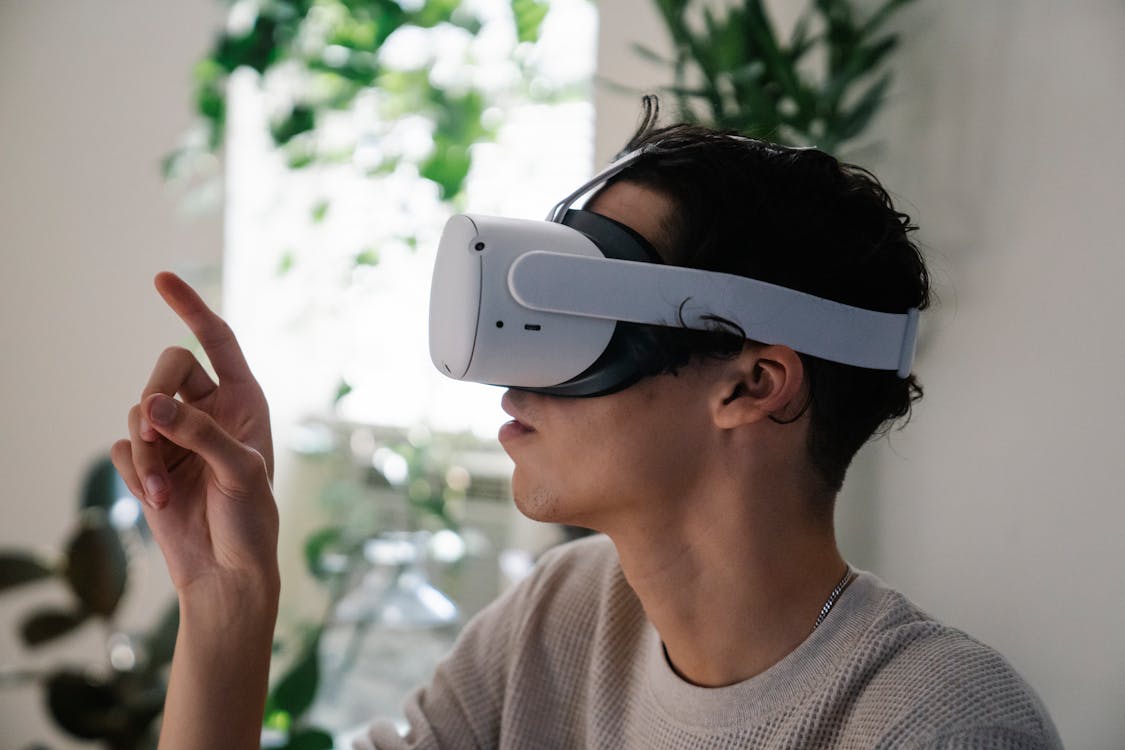Virtual Runways: Fashion Houses Explore Digital Shows Amidst Pandemic Challenges
In the wake of unprecedented challenges posed by the global pandemic, the fashion industry has been forced to reimagine its traditional runway shows. With restrictions on large gatherings and the need to prioritize public health, fashion houses around the world are turning to digital platforms to showcase their latest collections. This shift towards virtual runways represents not only a response to immediate circumstances but also a glimpse into the future of fashion presentation.
Adapting to the New Normal
The outbreak of the COVID-19 pandemic in early 2020 sent shockwaves through the fashion world. Fashion weeks, typically bustling events attended by editors, buyers, celebrities, and influencers from around the globe, were suddenly faced with cancellations or drastic modifications. As designers grappled with the uncertainty of the times, many began to explore alternative ways to debut their creations.
Enter the era of virtual runways. Leveraging technology to create immersive and engaging experiences, fashion houses started to experiment with digital platforms to showcase their collections. From prerecorded videos to live-streamed events, designers found innovative ways to captivate audiences while adhering to social distancing guidelines.
Embracing Innovation
One of the pioneers in this digital revolution was the renowned fashion house, Maison de la Mode. Led by visionary creative director, Isabella Reyes, Maison de la Mode set out to push the boundaries of virtual runway presentations. Their debut digital show, titled "Metamorphosis," was a testament to innovation and creativity in the face of adversity.
"We saw the challenges posed by the pandemic as an opportunity to reinvent the way we present our collections," remarked Reyes in an exclusive interview. "With 'Metamorphosis,' we aimed to transport our audience into a surreal and enchanting world where fashion becomes art."
Indeed, "Metamorphosis" was nothing short of a spectacle. Combining elements of haute couture with cutting-edge technology, the show featured intricately designed virtual landscapes against which models strutted in exquisite garments. Viewers were invited to navigate through a digital realm where each ensemble told a story of transformation and resilience.
Global Reach and Accessibility
One of the most significant advantages of virtual runways is their ability to reach a global audience like never before. Unlike traditional fashion shows limited by venue capacity and geographical location, digital presentations can be accessed from anywhere with an internet connection. This newfound accessibility has democratized the fashion industry, allowing enthusiasts from all corners of the world to partake in the spectacle.
For aspiring designers, the shift to virtual runways has also opened doors to unprecedented opportunities. With the rise of social media and online platforms, emerging talents now have a platform to showcase their work without the need for expensive runway productions. This democratization of the industry has fostered a culture of inclusivity and diversity, with fresh voices and perspectives finding recognition in the digital sphere.
Challenges and Opportunities
While virtual runways offer numerous advantages, they are not without their challenges. Technical glitches, bandwidth limitations, and the inability to fully replicate the sensory experience of a live show are among the hurdles that designers and organizers must navigate. Moreover, the digital landscape is increasingly saturated, making it challenging for brands to stand out amidst the noise.
Nevertheless, forward-thinking fashion houses view these challenges as opportunities for growth and innovation. By embracing emerging technologies such as augmented reality (AR) and virtual reality (VR), designers are pushing the boundaries of what is possible in digital fashion presentation. From interactive virtual showrooms to immersive shopping experiences, the possibilities are endless.
The Future of Fashion
As we look ahead, it is clear that virtual runways are here to stay. Even as the world begins to emerge from the grips of the pandemic, the lessons learned from this experience will continue to shape the future of the fashion industry. Digital innovation, sustainability, and inclusivity will be at the forefront of this evolution, driving positive change and redefining the way we experience fashion.
In the words of Isabella Reyes, "The pandemic forced us to rethink the way we approach fashion. It's not just about clothes; it's about storytelling, creativity, and connection. Virtual runways have allowed us to transcend physical limitations and connect with audiences in new and meaningful ways. This is just the beginning of a new era in fashion, and the possibilities are limitless."




No comments: